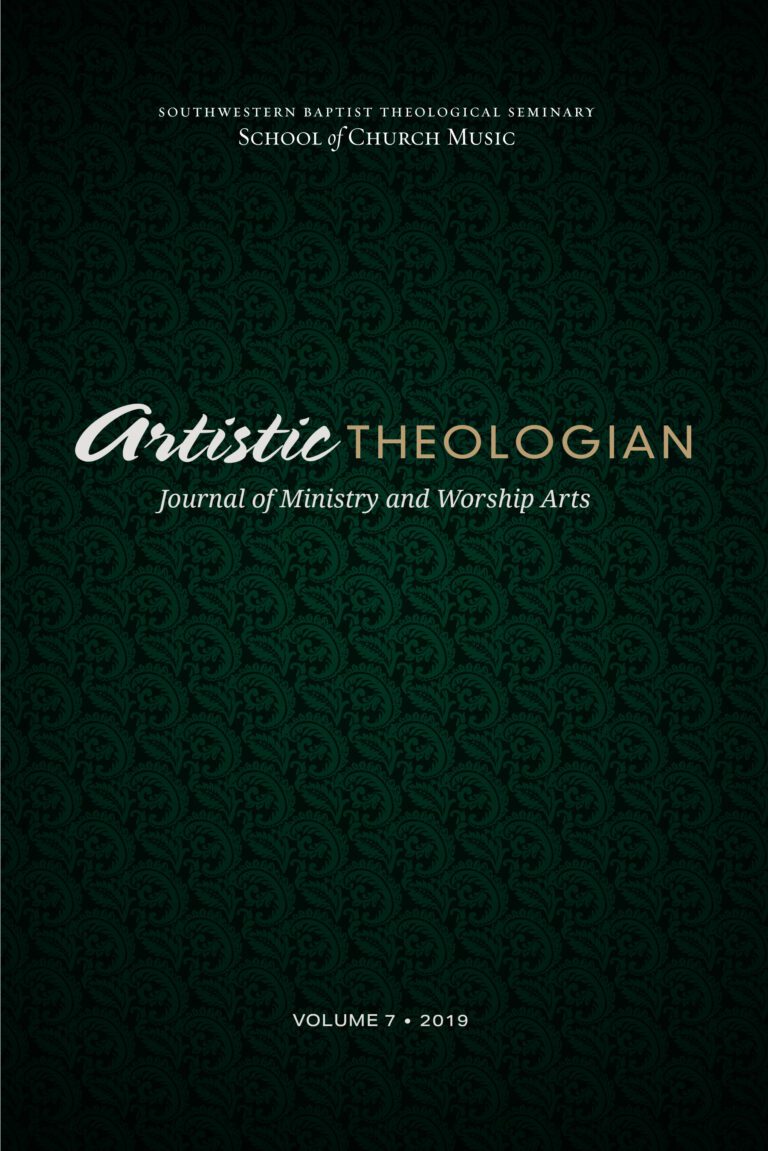
edited by Samuel Wells. Norwich: Canterbury Press, 2018. 154 pp. $27.99.
Samuel Wells is Vicar of St Martin-in-the-Fields, visiting professor of Christian Ethics at Kings College, London, and a member of the Liturgical Commission of the Church of England. The contributors to this work are all members, in either a staff or lay role, of St Martin.
The church’s vision statement is “At the heart. On the Edge” (xvii). Both statements have geographical implications, as St Martin lies in the heart of London and on the edge of Trafalgar Square; but more important to St Martin are its implications regarding faith and life. “At the heart” refers to the church being involved in “life, the universe, and everything” (xviii) while “on the edge” speaks to their conviction that “God’s heart is on the edge of human society, with those who have been excluded or rejected or ignored” (xix).
Liturgy, described by Wells as “a public event or gesture carried out to enhance the common good” (xv), is the primary means by which St Martin seeks to fulfill its vision. The authors view liturgy to be “the heart of faithfulness, the source of human identity, and the foundation of justice” (xv); thus, they seek St Martin to be formed by these three statements as they practice their mission of walking with the “troubled, the challenged, the afflicted, and the rejected” as they “find God together” (xvi). While the authors briefly make this argument for a purpose in liturgy, the book primarily recounts ways in which St Martin has attempted to fulfill this purpose and provides instruction and examples resulting in a “how-to” manual of planning liturgies within the following categories found in the first three chapters: outreach services, acute pastoral services, and annual special services.
The outreach services include sacred music concerts, ten- minute services for people on their way to work, services intended to create a calming atmosphere, a healing service, and an informal Eucharist. The acute pastoral services often focus on those who have been affected by homicide and suicide, the homeless who have died, and those who are missing. A final pastoral service mentioned is one expressing lament over past prejudice and exclusion regarding the LGBT community and hope at the progress made, specifically the decriminalization of gay sex in the UK. Examples of annual special services include a community carol service, a dramatized Christmas narrative, a dramatized Passion narrative on Palm Sun- day, and others. Notably, the liturgies in this book are outside of St Martin’s corporate Sunday gathering. The fourth chapter addresses the usefulness of broadcasting services and ways in which they have accomplished that, and the final chapter describes how to perform select elements found throughout many of St Martin’s liturgies.
A typical liturgy presented in this book begins with a history of its origin and commentary on its importance followed by an an- notated outline of the liturgy and/or a sample service order. Occasionally even pictures are provided that display what one of the more unique elements is to look like. When followed, this four-part presentation of a liturgy (history, explanation, outline, and sample) is successful in allowing the authors to concisely, yet sufficiently, articulate descriptions and instructions of a large number of ser- vices. Because different authors contributed different services, this format is not always strictly followed. Occasionally a contributor offers a hybrid of an annotated outline with a sample service, limit- ing explanations as to why choices were made and specific examples of titles of elements. Often the authors emphasize the importance of congregational participation in these services, a shift following Wells’s appointment as Vicar.
While the history, explanations, outlines, and samples are in- formative and helpful, often the premises that resulted in a particular liturgy are not faithful to Scripture. A frequent misapplication is a stated parallel between Jesus and the “socially marginalized.” In the introduction to chapter two on the pastoral services listed above, the author refers to the New Testament statement “the stone that the builders rejected has become the cornerstone” (33). While recognizing that historically this has been attributed to Jesus, they apply it to those who have been rejected by society (the disabled, the homeless, and members of the LGBT community), noting that they will be the cornerstones in God’s kingdom (33). The service for the advancement of LGBT issues is even titled “Where Love and Sorrow Meet” (58–65) a phrase well-known from the lyrics of Isaac Watts’s hymn “When I Survey the Wondrous Cross,” referencing the work of Christ on the cross. A third example of this misapplication is found in their annual dramatized Palm Sunday service that seeks to have an individual like one of those mentioned above play the role of Jesus. The example on page 94 is a female who is con- fined to a wheelchair. These misapplications that put the individual in Jesus’s place prevent people from seeing that Jesus fills a need that fallen humanity cannot. Furthermore, these weaknesses also have unbiblical implications such as universalism and moralism.
The importance and benefit of this book will depend on the stream of Christianity from which the reader comes. The typical evangelical Protestant will have convictions and philosophies regarding social awareness, sexuality, marriage, and gender issues that conflict strongly with those laid out by the authors of this book. While it is intended to be read straight through, its use will likely be limited to those churches and leaders within the Church of England as a helpful reference book to serve as a starting point for creating a variety of outreach, pastoral, and yearly services focused on modern social concerns.





